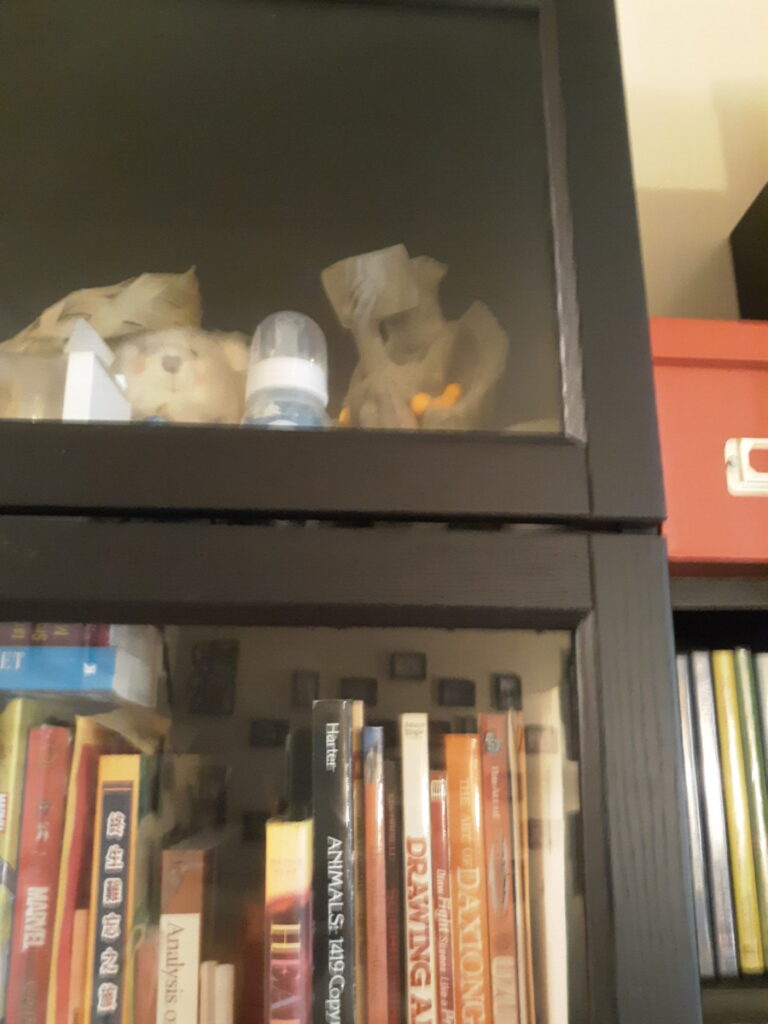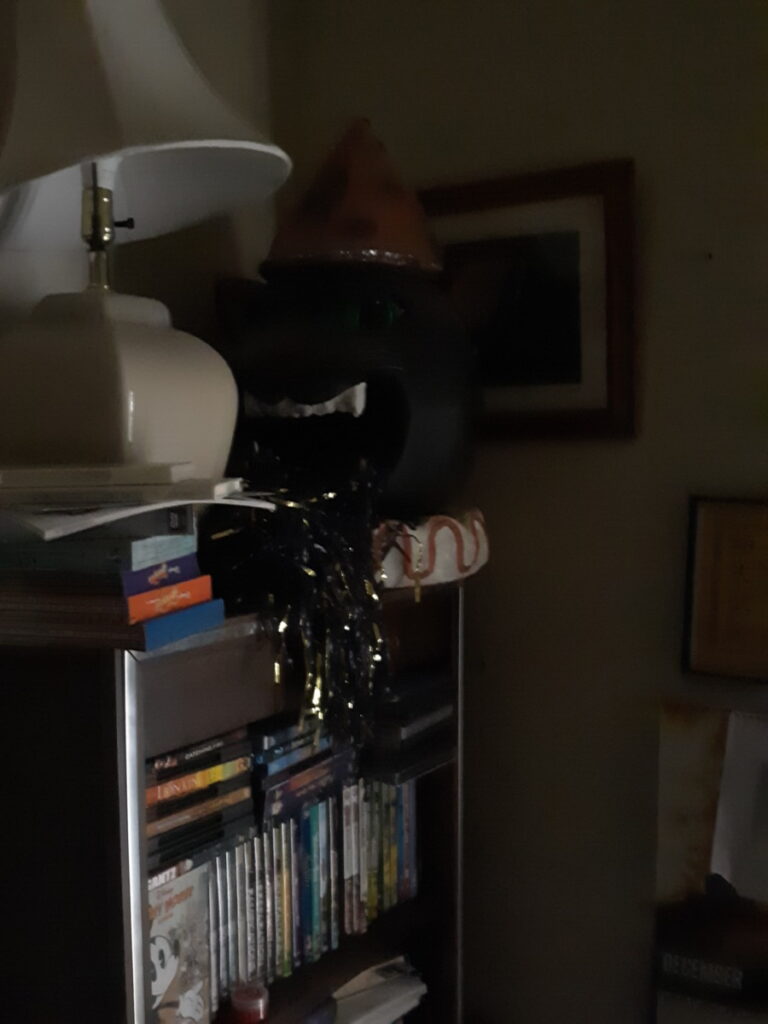The Doubles of Hill House
Victoria Isaac
Professor Scanlan
ENG 3407 – O628
12/14/20
The Doubles of Hill House
The short novel “Hill House” by Shirley Jackson was written in 1959. It focuses on a house that is set on top of a hill and it is told to hold many secrets. However, Jackson focuses on a lot of different themes besides the fact that the house is haunted. She focuses specifically on the theme of doubles. Eleanor and Theodora are the main doubles in the story, and Jackson and Hattenhauer discuss and show that doubles are sometimes essential in life and other times they can just get in the way.
Eleanor and Theodora are twins essentially and they are the main characters and those who will inherit Hill House. The fact that they are twins shows that at some point in the story they will become essential in life and they will have to rely on each other. One way they are essential for the story is a way to fool others. In a way, Eleanor and Theodora are like children messing with a babysitter. In “American Gothic” Hattenhauer writes “When they are about to share not only a room but also clothes, Theodora says, ‘We’re going to be practically twins’ (158) “ (p. 162). This shows that they are twins since they seem to dress alike. It also means that they have become close to each other and they can rely on each other.
Another way that the idea of doubles are essential in life is the ideas of opposites. This connects back to the idea where sometimes doubles can get in the way of each other and what they want to pursue in life. Hattenhauer writes “Theodora is the projection of Eleanor’s denied self” and “she embodies Eleanor’s repressed eroticism and assertiveness” (163). In a way Theodora is getting in Eleanor’s way because Eleanor can’t seem to express herself while Theodora is around because Theodora is taking Eleanor’s spotlight. Theodora is everything Eleanor is not and that in a sense would make her jealous of Theodora. This proves the idea that sometimes doubles will just get in the way of each other and shows that there are times that they won’t get along, which differs a little bit from what Hattenhauer is trying to tell us.
Doubles are needed in a story like Hill House because they help us to understand that some things in life you don’t have to go through by yourself. It would be easier to have someone go through it with you. However, Jackson and Hattenhauer also show that sometimes doubles are not as easy to deal with as we thought. Eleanor and Theodora are sisters but they don’t get along. It can get to the point where some things are said that can’t be taken back. Hattenhauer writes, “When Eleanor tells her desperately that she wants to go home with her, Theodora asks, ‘Do you always go where you’re not wanted? “ (p. 163). That is something that is not out in the open and she can’t take that back. It breaks the balance they have because although they can exist without each other, now they would have to go through certain scenarios on their own and it would make things a lot harder for them because now they are alone.
Eleanor and Theodora are opposites in terms of beliefs and opinions but they are still sisters no matter what happens to them. They are also different in terms of personality. Compared to Eleanor who “held the fast belief that something would happen” Theodora seemed to come from a world of “delight and soft colors” (p. 2-3). This means that the two of them are from different worlds, or should belong in different worlds. However, they are still sisters no matter what happens to them in the end. In terms of beliefs, they definitely have some differences. Theodora believes that she and Eleanor should stick together while Eleanor believes that she should go solo. She thinks that she would be better off without Theodora and would rather go exploring alone.
Not only that but their ideas of home are different as well, especially towards the end of the story. When everyone else wanted to go home and live their normal lives, Eleanor didn’t. She preferred to stay at Hill House because it felt like that was where she belonged. While she was leaving Hill House, and waving to everybody she states “They can’t turn me out or shut me out or laugh at me or hide from me; I won’t go, and Hill House belongs to me.” (p.119). The fact that she said the Hill House belongs to her shows that she has a deep connection to the house and she’s drawn to it. This ties into the idea of gothic homesickness in a way because she’s so insistent on going back to Hill House that she was willing to abandon her entire family just to go to the house.
In conclusion, Jackson and Hattenhauer both show that doubles is a prominent theme that is displayed in Hill House. They both prove that doubles are essential in helping the characters and the story to move forward, but at the same time they could tear the characters apart and cause them to make irrational choices.
Reference Page
Hattenhauer, D. (2003). Shirley Jackson’s American Gothic. Retrieved December 13, 2020, from https://openlab.citytech.cuny.edu/scanlan-eng3407-gothic-spring2018/files/2018/05/SeansGothicClass-Shirley_Jacksons_American_Gothic_Hattenhauer.pdf
Jackson, S. (1984). The haunting of Hill House. New York, NY: Penguin. Retrieved December 13, 2020 from https://openlab.citytech.cuny.edu/profscanlan-english3407-gothic-fall2020/files/2020/11/jackson_-_the_haunting_of_hill_house.pdf Jackson, S. (2019). The haunting of Hill House. New York: Penguin Books.






